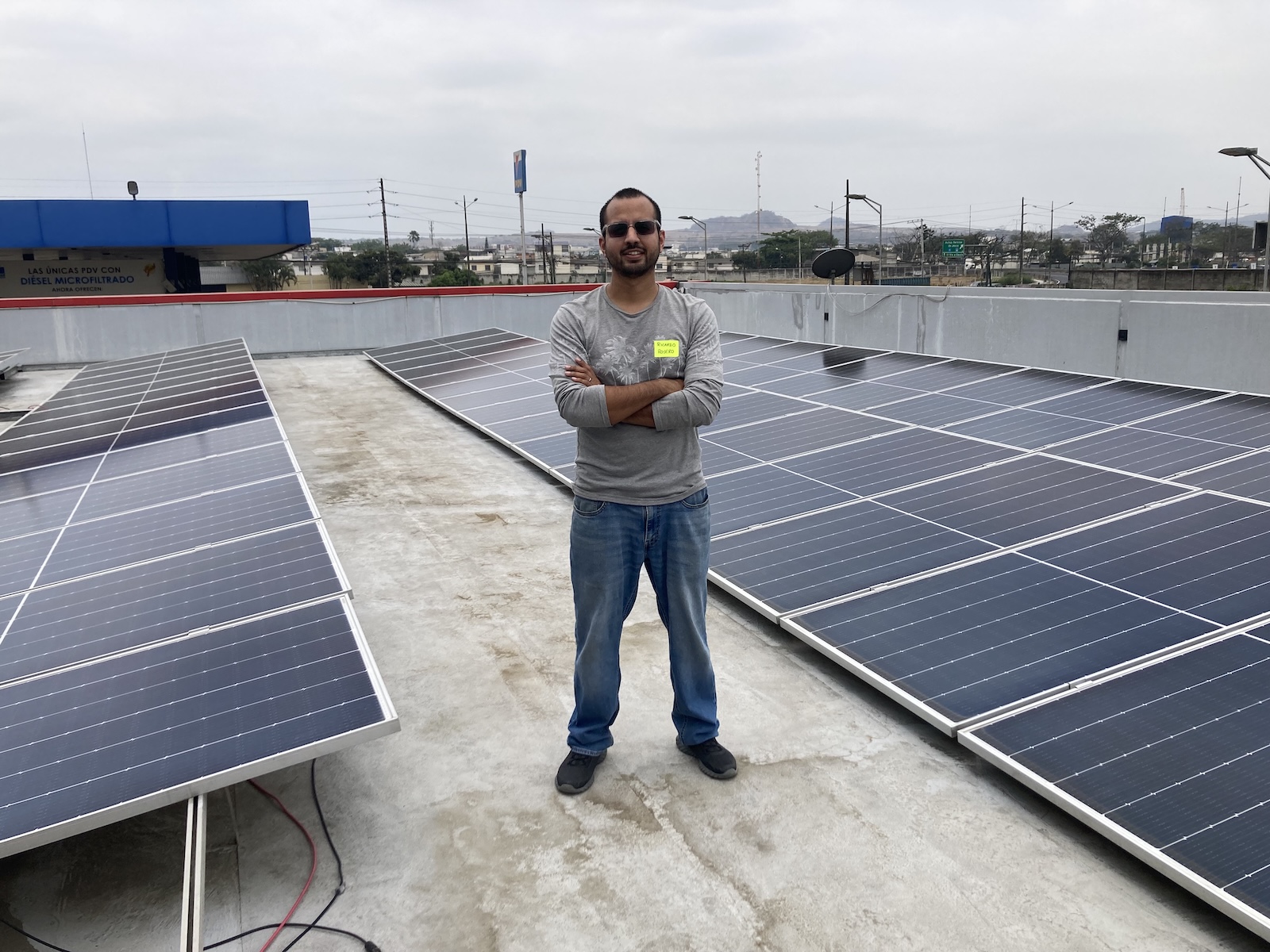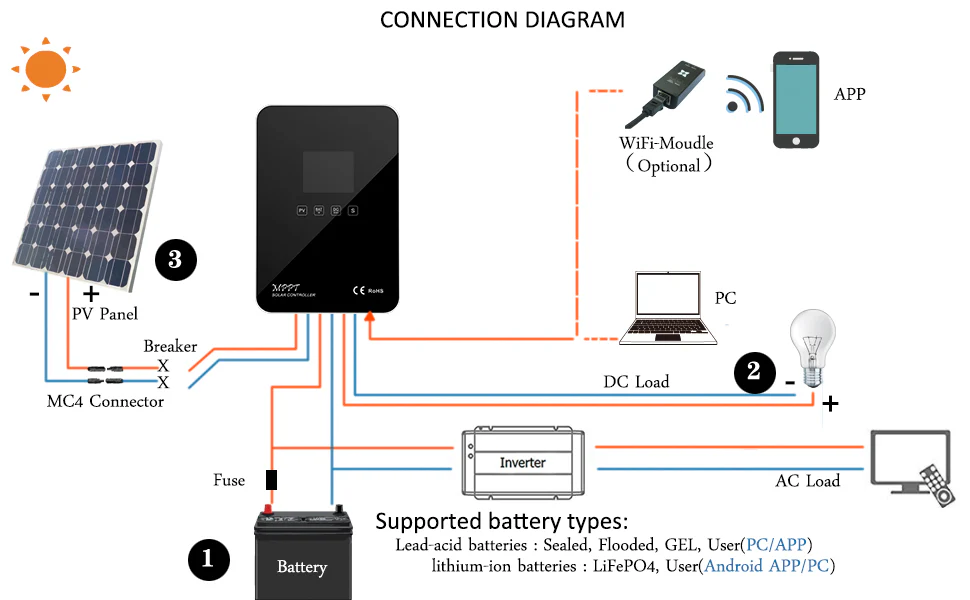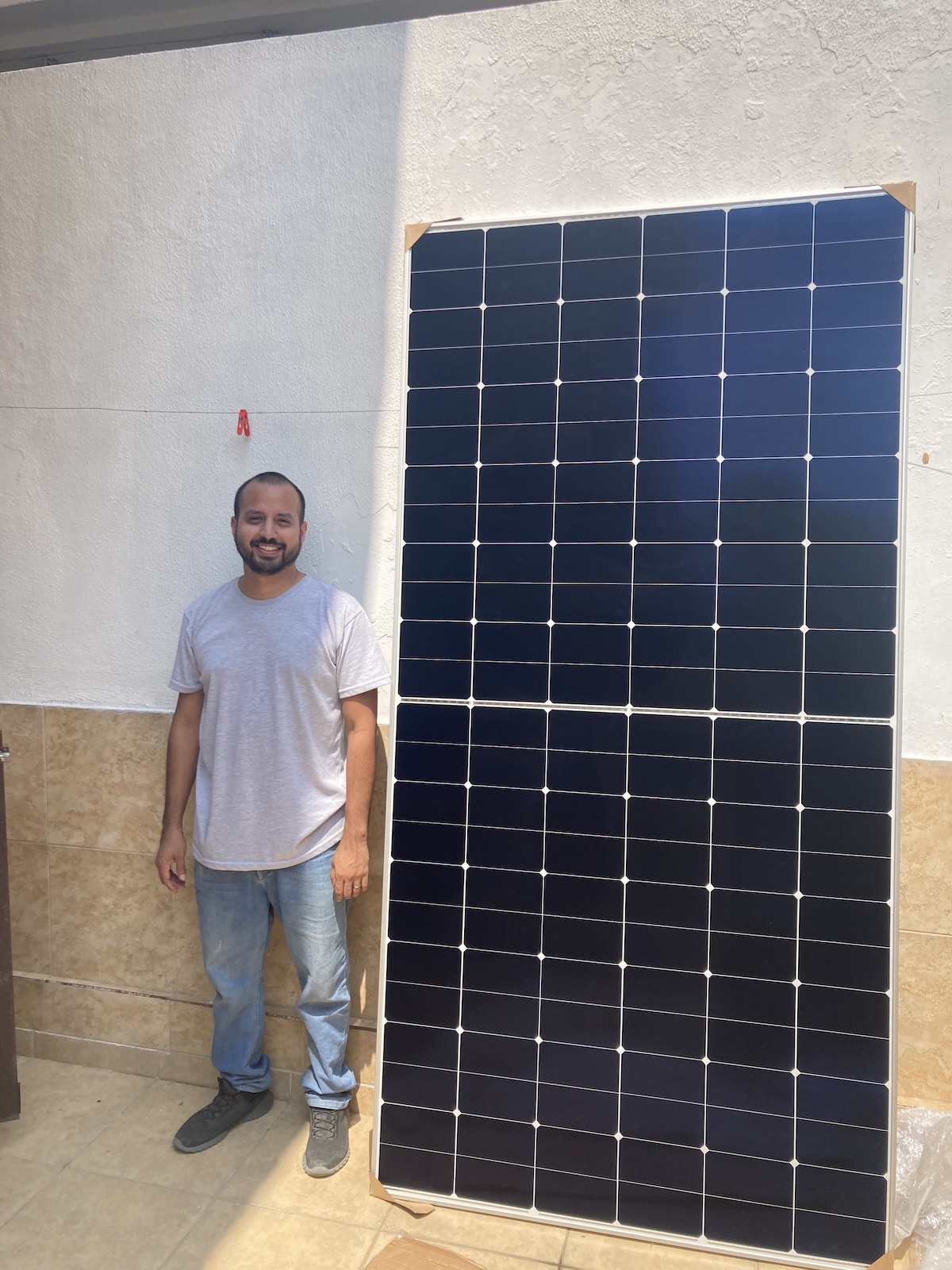

Blackout-Proof
Solar Backup System: A Double Diamond Case Study
In response to the December 2024 blackouts in Ecuador, our team set out to build a reliable solar backup system to ensure uninterrupted work. The objective was to power four 45W laptops and a WiFi router, as well as secure emergency internet access with a Starlink Gen 3 antenna. This case study follows the Double Diamond model—Discover, Define, Develop, and Deliver—to detail our journey from problem identification to a fully operational solar solution.
Discover: Uncovering the Need
Exploring the Problem
During the extended blackouts, we experienced firsthand the challenges of maintaining productivity without reliable power. Our initial observations and stakeholder interviews revealed three key questions:
-
What are users trying to do?
We needed to keep our workstations—four laptops and a WiFi router—operational during power outages. -
Why is this important?
The reliability of our power source was critical, not only for work continuity but also to maintain connectivity during emergencies. The regular outages threatened our ability to communicate and access essential information. -
What is currently hard?
Dependence on an unstable grid meant that even short outages could disrupt our workflow. The existing backup solutions were either too costly or insufficient to handle the power requirements of multiple devices.
Key Findings
Our research highlighted a pressing need for a decentralized, renewable power solution. Users desired an affordable, self-sufficient system that could:
- Provide stable power during outages.
- Support essential work devices.
- Include a contingency for emergency internet connectivity.
Define: Framing the Challenge

Problem Statement
Our challenge was to design and implement a compact, reliable solar backup system that would supply uninterrupted power to key devices during grid failures.
Objectives
- Sufficient Energy Output:
The system needed to generate enough power to run four 45W laptops and a WiFi router continuously. - Portability & Scalability:
A compact setup that could be easily assembled and, if necessary, expanded for additional power needs. - Emergency Connectivity:
Integrate a Starlink Gen 3 antenna to ensure reliable internet during crises.
System Requirements
Based on our findings, the core components were defined as follows:
- Solar Panel: 300W to harness sufficient sunlight.
- Battery: 100Ah 12V to store energy.
- Power Inverter: 1000W to convert DC power to AC for devices.
- Solar Controller: 60A to regulate the charging process.
- Emergency Internet: Starlink Gen 3 antenna for backup connectivity.
Develop: Prototyping and Testing

Ideation and Assembly
We brainstormed various configurations and quickly identified a solution that balanced power requirements with cost and ease of assembly. The selected components were assembled into a prototype system designed to support our immediate needs.
Testing the Prototype
-
Load Testing:
The system was connected to the four laptops (45W each) and a WiFi router. We monitored energy output, battery charge cycles, and system stability during simulated blackout conditions. -
Field Trials:
To ensure real-world reliability, the system was tested outdoors under various sunlight conditions. This phase also helped identify minor tweaks, such as optimizing panel orientation and adjusting the battery management settings. -
Emergency Internet Verification:
The Starlink Gen 3 antenna was integrated and tested to verify its ability to provide continuous internet connectivity during power outages.
Iterative Improvements
Feedback from the testing phase led to small but significant refinements:
- Fine-tuning the solar controller settings for more efficient battery charging.
- Optimizing cable layouts to reduce power loss.
- Verifying that the inverter reliably handled the power surge when multiple devices were powered on simultaneously.
Deliver: Implementation and Impact
Final System Deployment
The final solar backup system was successfully deployed and has since proven its worth during subsequent outages. Key features include:
-
Stable Power Supply:
The system consistently provides enough power to keep all four laptops and the WiFi router running, even during extended blackouts. -
Emergency Internet:
With the Starlink Gen 3 antenna, we maintain connectivity, ensuring that critical communications and work processes continue uninterrupted. -
Scalability:
The modular design of the system allows for future expansion, should additional power needs arise.
Impact and Future Enhancements
-
Reliability:
The solar backup system has significantly increased our operational resilience during blackouts. -
User Confidence:
The seamless integration of power and connectivity solutions has alleviated concerns about future outages. -
Next Steps:
Future plans include integrating monitoring software to track energy usage in real time and exploring the addition of more panels or higher capacity batteries for increased autonomy.

Conclusion
By applying the Double Diamond model, we navigated from identifying the critical need for uninterrupted power to delivering a robust, scalable solar backup solution. This case study underscores the importance of understanding real-world challenges, defining clear objectives, and iterating through prototypes to achieve a system that not only meets immediate needs but also offers room for future growth.
📬 Your friendly dose of UX, IT, and DIY tips!
I deliver actionable tips for enhancing productivity, practical life advice, and top-notch insights gathered from various sources, right to your email inbox.



